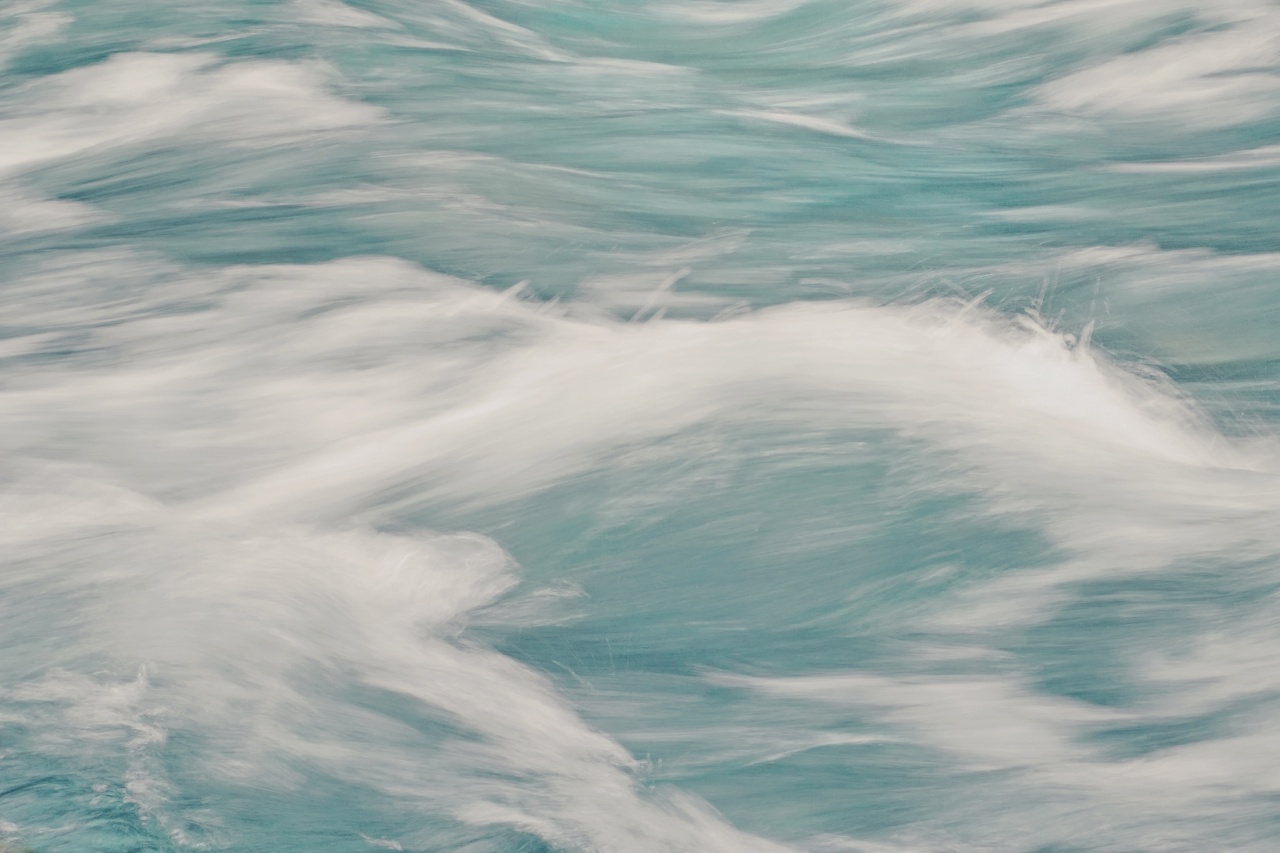Winter is a time of cold temperatures, shorter days, and the need for warmth.
While bundling up in layers of clothing and staying indoor under a heater as much as possible is the typical way to protect yourself during winter, sometimes outdoor activities like skiing, hiking, and ice skating cannot be avoided. That’s where wet socks come in as a surprisingly useful winter wear item.
Why Wet Socks are Useful in Winter
Wet socks might seem like a nightmare scenario for many, but when dealing with cold temperatures, they can actually be incredibly useful. The main reason wet socks help in winter is because of the insulating power of water.
Water is a better insulator than air, and soaking your socks in water creates a layer of trapped water around your feet and toes which helps to keep them warm.
The body tries to maintain a constant core temperature of about 98.6°F, but when your feet are cold, it can be difficult to maintain that temperature. Wet socks can help regulate body temperature by trapping the heat in.
Furthermore, wet socks also create moisture around the feet which helps to create heat. The insulation and the moisture work together to create a warm environment for your feet even in the coldest of temperatures.
These are the reasons why outdoor photographers and winter sports enthusiasts swear by wet socks when they need to spend hours outside in freezing temperatures.
How to Wear Wet Socks and Make Them Effective
Wearing wet socks on their own without any preparation or consideration can be uncomfortable and even dangerous, but there are a few guidelines to follow to make them more effective:.
Absorbent Socks
Use wool or other absorbent materials that can keep your feet dry when you’re not soaking them in water. For example, you can wear two layers of wool socks, with one dry pair underneath and another soaked pair on the top.
Wring Out the Socks
Before putting soaking socks on, wring them out to remove any excess water. This will prevent excess moisture that may lead to frostbite or hypothermia.
Adding Heat
If you can, dry your socks on a heating source, like a fire or your car heater. Alternatively, bring a spare pair of shoes or boots that have been kept in a warm area or are designed to keep feet warm in cold temperatures.
Preventing Frostbite
If you start to feel your toes or feet going numb, remove the wet socks immediately and dry your feet. Wet socks may prevent extreme cold from reaching your feet, but they can also cause frostbite if worn for too long without proper precautions.
Conclusion
The power of wet socks in winter may surprise some, but it is an effective way to keep warm in extreme cold weather.
Matching wet socks with absorbent materials and prevention measures will help ensure they are safe, effective, and comfortable in cold winter weather. So do not be afraid to try out this unconventional hack the next time you find yourself outdoors in the winter!.






























